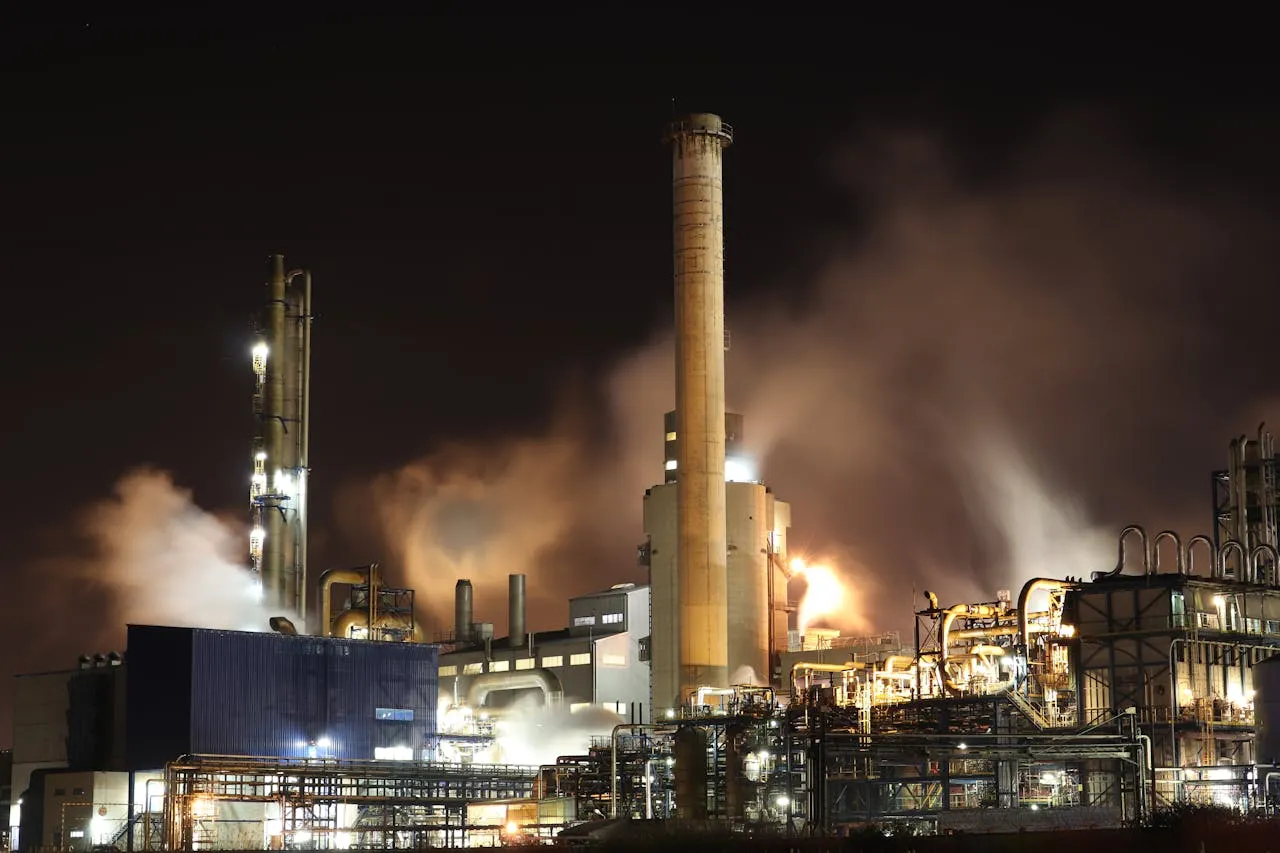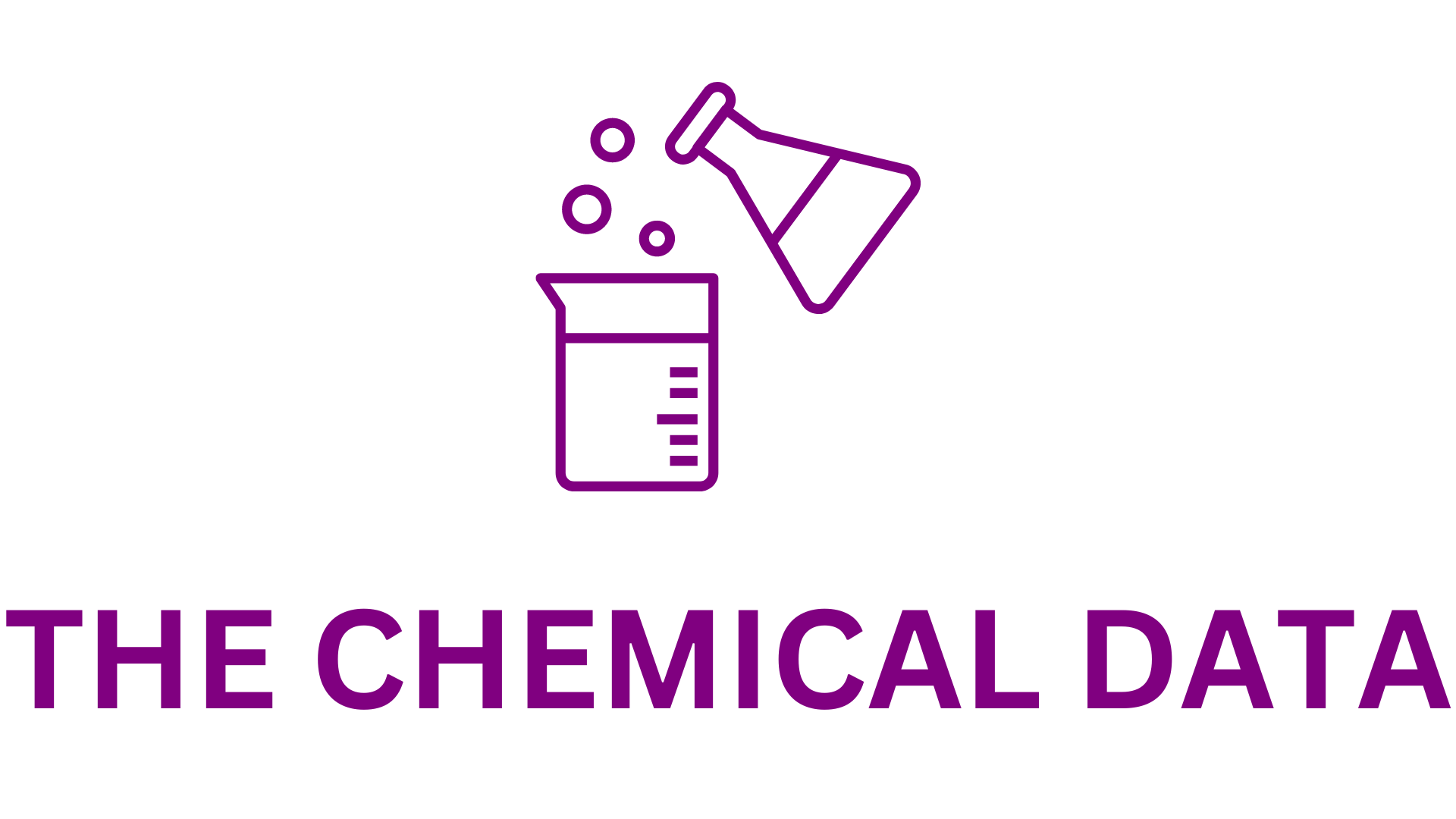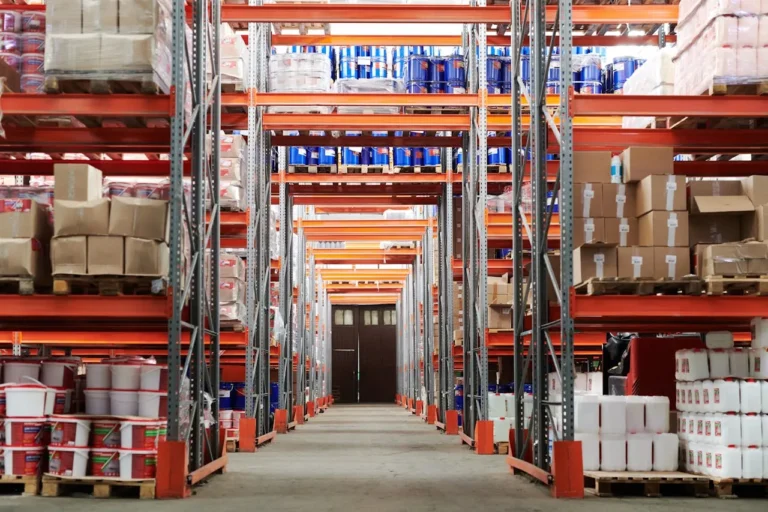
The “Carbon Capture Materials Market by Material, Process, Technique, End-Use Industry & Region – Forecast to 2030” report has been added to ResearchAndMarkets.com’s offering, providing a detailed examination of one of the fastest-expanding segments of the global climate technology ecosystem.
According to the report, the carbon capture materials market is projected to rise from USD 66.90 billion in 2025 to USD 99.09 billion by 2030, representing a strong CAGR of 8.2%. This growth reflects increasing regulatory pressure on industries to curb emissions, rising corporate commitments to net-zero targets, and continuous advancements in material and process technologies that make carbon capture more efficient and commercially viable.
Comprehensive Market Analysis and Competitive Landscape
The research presents a multi-layered analysis of the carbon capture materials industry, covering major market trends, competitive positioning, company strategies, and the evolving technological landscape. It includes market ranking data and detailed profiles of leading companies—Ecolab, BASF, DOW, Mitsubishi Heavy Industries, Solvay, Air Products and Chemicals, Tosoh Corporation, Honeywell International, and Zeochem. These organizations are actively developing next-generation materials designed to capture CO₂ more effectively across industrial, energy, and emerging decarbonization applications.
The market’s momentum is supported by a combination of policy, corporate, and technological drivers. Governments worldwide are implementing stringent emissions regulations, carbon taxes, and net-zero mandates that require industries to adopt carbon mitigation technologies. At the same time, corporations are imposing internal sustainability standards and carbon reduction commitments, increasing the need for high-performance carbon capture solutions. Technological innovation—particularly in materials chemistry, bio-derived capture solutions, and circular carbon systems—is further expanding the adoption of carbon capture materials while reducing lifecycle costs.
These trends have created favorable conditions for investment, enabling high-growth segments to scale rapidly and encouraging collaboration between industry, research institutions, and governments. As a result, the market is becoming more diverse, with applications extending across power generation, manufacturing, oil & gas, heavy industry, and emerging sectors like direct air capture.
Fastest-Growing Material Segment: Liquid Solvents
Liquid solvents are identified as the fastest-growing material category in terms of market value. This segment includes amine-based and alkaline-based solvent solutions, both of which have long track records in industrial CO₂ capture.
Amine-based solvents remain the most widely used option in post-combustion capture applications due to their strong chemical affinity for CO₂, even at low concentrations typical of flue gases. Their performance reliability and decades of operational experience make them a preferred choice for carbon-intensive industries such as coal and gas power generation, cement, refining, and chemical processing.
Recent advancements in solvent formulations have significantly enhanced their economic feasibility. Modern solvents offer lower regeneration energy requirements, which reduces operating costs and improves process efficiency. Ongoing innovation is addressing historical challenges such as solvent degradation, corrosion, and environmental impacts. New blends deliver higher stability, better selectivity, and longer operational life, making them more cost-effective.
Alkaline-based solvents are also gaining traction due to their faster reaction kinetics and ability to operate effectively under various industrial conditions. Their compatibility with modular and scalable carbon capture units further broadens their use across different sectors.
A major advantage of liquid solvents is their ease of integration into existing facilities. Many industrial sites can incorporate solvent-based capture systems without extensive redesign, making this solution especially appealing for companies seeking near-term emissions reductions. With governments tightening emissions limits worldwide, the maturity and adaptability of liquid solvent technologies continue to drive their rapid market expansion.
Fastest-Growing Process Segment: Absorptions
Absorptions represent the fastest-growing process segment, driven by improvements in solid sorbent materials such as zeolites, metal-organic frameworks (MOFs), activated carbon, and novel hybrid sorbents. These materials capture CO₂ through physical or chemical interactions on solid surfaces, achieving high capture efficiencies while offering substantial energy savings.
Absorption systems typically require up to 30% less energy than traditional liquid absorption methods, making them attractive for industries seeking cost-efficient decarbonization. Their modularity and compactness enable deployment across a wide range of emission sources—from large power plants to smaller industrial facilities. This versatility also makes them suitable for direct air capture (DAC), a rapidly growing area in global carbon removal strategies.
Advancements in high-capacity sorbents have improved selectivity, stability, and cyclic performance, reducing both material degradation and waste generation. These characteristics position absorptions as an environmentally favorable option compared to liquid solvents, which often require chemical replenishment and produce more waste streams.
Growing demand for negative emissions technologies, along with supportive policy mechanisms such as carbon pricing and government-backed CCS incentives, further contributes to the rapid adoption of absorption-based systems. As global industries seek scalable and energy-efficient carbon capture processes, solid sorbent technologies continue to lead in terms of growth and innovation momentum.
Fastest-Growing Technique Segment: Pre-Combustion Capture
Pre-combustion capture is projected to be the fastest-growing capture technique, driven by its high efficiency, lower separation costs, and compatibility with emerging clean energy systems.
This technique removes CO₂ before combustion by converting fossil fuels into syngas (hydrogen + CO₂) through gasification or reforming. The resulting gas stream contains CO₂ at higher concentrations and pressures, enabling easier and more energy-efficient capture compared to post-combustion systems. The process also generates hydrogen, a valuable low-carbon fuel that supports the global shift toward a hydrogen-based energy economy.
Although pre-combustion systems generally require higher upfront investment, their long-term benefits—including reduced operating costs, improved fuel quality, and higher capture efficiency—are driving adoption in new industrial plants. This technique aligns with forward-looking infrastructure development, particularly in regions prioritizing low-carbon hydrogen and integrated CCS networks.
Fastest-Growing End-Use Industry: Oil & Gas
The oil & gas industry remains the fastest-growing end-use sector for carbon capture materials due to its significant emissions profile and the increasing need to decarbonize production cycles. Many upstream and downstream processes release large volumes of CO₂, making CCS an essential technology for operational sustainability.
A key growth driver is the use of captured CO₂ in enhanced oil recovery (EOR), where CO₂ is injected into mature wells to boost production. This approach offers dual benefits—emissions reduction and increased oil output—making CCS economically attractive in this sector.
Regulatory requirements, national climate commitments, and investor pressure are compelling oil & gas companies to invest heavily in carbon capture solutions. Additionally, expanding CO₂ transport and storage infrastructure is lowering barriers to deployment, creating new opportunities for large-scale CCS integration.
Technological advancements that increase capture efficiency, ensure storage safety, and reduce costs contribute to the sector’s rapid adoption. As global energy markets transition toward cleaner operations, carbon capture materials will remain critical to the industry’s decarbonization roadmap.
Source Link : https://www.businesswire.com/






